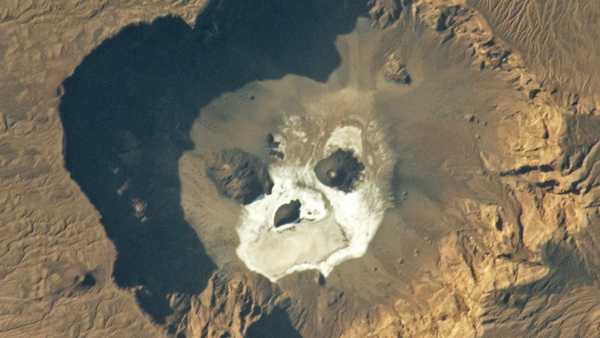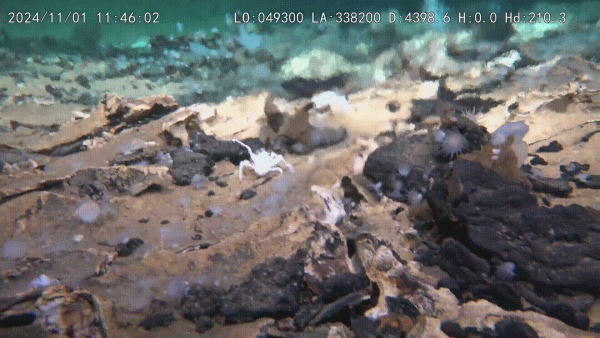
Scientists have recorded a wealth of life in a new system found in the north-east Pacific Ocean near Papua New Guinea. (Image credit: Professor S.N. Weidong and colleagues, 2025)
Experts from China have discovered a large-scale hydrothermal structure in the depths of the Pacific Ocean, previously unknown to science, which could reveal the secrets of the origin of biological forms.
Located northeast of Papua New Guinea, the Kunlun system includes 20 large crater formations, the largest of which is 1,800 meters in diameter and 130 meters deep. These structures, united in the so-called “pipe swarm”, emit significant volumes of hydrogen, which serves as the energy base for local ecosystems.
Kunlun has similarities with the Atlantic hydrothermal field “Lost City”, located on the underwater massif of Atlantis. However, the Chinese system has unique characteristics, including gigantic size. According to a study in Science Advances on August 8, the area of Kunlun is about 11 km², which is hundreds of times larger than the Atlantic analogue.
You might be interested
-
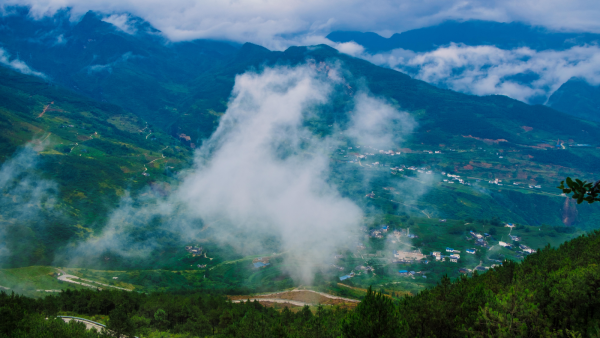
400-mile chain of fossilized volcanoes found beneath China
-
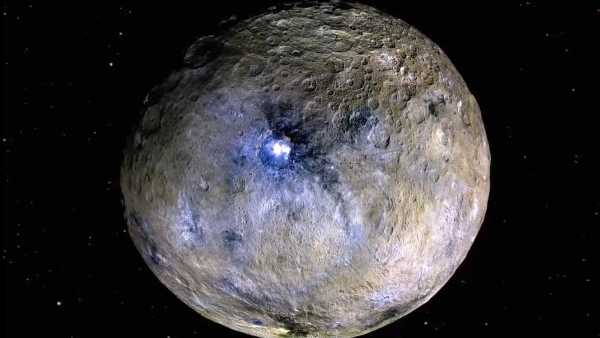
Ceres Discovers Hidden Energy Source That Could Have Fueled Extraterrestrial Life
-
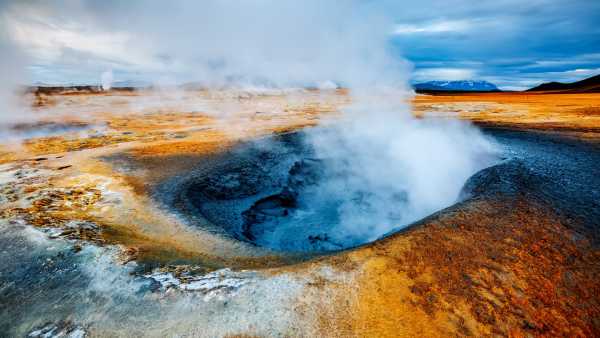
Deep Earth structures can trigger megavolcanic eruptions
Image 1 of 2
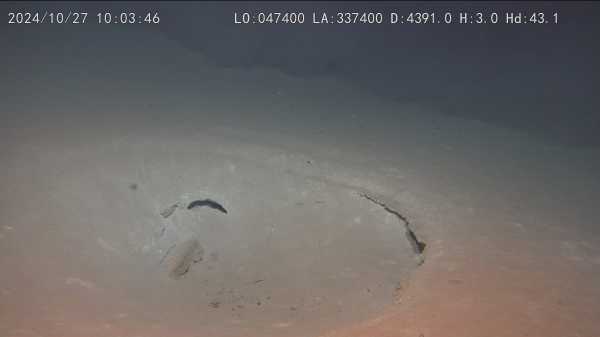
(Image courtesy of Professor SUN Weidong et al., 2025)
Inside large craters, scientists have discovered numerous miniature tubular formations.
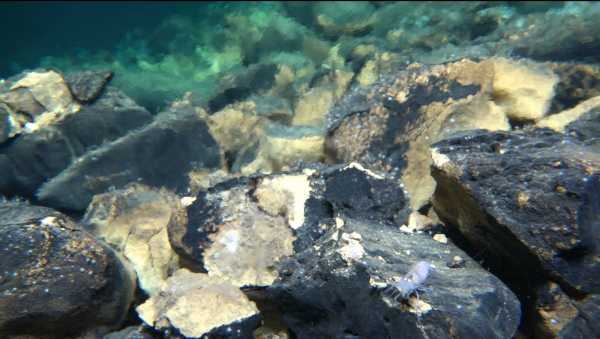
(Image courtesy of Professor SUN Weidong et al., 2025)
Dwarf lobsters, sea anemones and shrimps (pictured here is an individual on a rock) have been recorded among the inhabitants.
Kunlun makes it possible to study serpentinization, the reaction of seawater with mantle rocks that results in the formation of green serpentine minerals and the release of hydrogen.
Scientists hope to explore the connection between hydrogen emissions and the emergence of life in this system. According to the Chinese Academy of Sciences, the composition of liquids in Kunlun is similar to the chemical conditions of early Earth.
“The ecological potential of the system is particularly interesting,” said study co-author Weidong Sun of the Institute of Oceanology. “We have documented a variety of deep-sea species here – shrimp, lobsters, sea anemones and tube worms – that likely depend on hydrogen-based chemosynthesis for their survival.”
Because there is no sunlight in the deep ocean, organisms there cannot use photosynthesis. Instead, they rely on chemosynthesis, converting chemicals such as hydrogen into energy.
Another Chinese expedition recently used a manned submersible to study chemosynthetic communities at depths of 9,500 meters in the northwest Pacific Ocean. Such ecosystems are rarely studied because the ocean floor is poorly explored.
In the current project, scientists used a similar apparatus to map Kunlun and study its four largest craters. Analysis of hydrogen concentrations showed that the system produces more than 5% of the world's abiogenic underwater hydrogen—an impressive figure for a single object.
Experts suggest that the formation of the tubular swarm occurred in stages: first, the subsurface accumulation of hydrogen caused powerful explosions, then cracks in the structures provoked new emissions, after which mineral deposits blocked the faults, creating conditions for the repeated accumulation of gas.
RELATED RESEARCH
— Unique footage of deep-sea creatures living in extreme conditions.
—Large hydrothermal vents discovered in the Pacific Ocean depths
—Ancient 15-meter pipes found near an underwater volcano.
Unlike volcanic hydrothermal systems at plate boundaries (such as black smokers with temperatures up to 400°C), serpentinizing systems, including Kunlun and the Lost City, have temperatures below 90°C.
Kunlun also differs in location: while the “Lost City” is located near the mid-ocean ridge, the Chinese system is located inside the plate, far from tectonic faults.
“The Kunlun is notable for its record-breaking hydrogen flow, its scale, and its unusual geological position,” Sun said. “This proves that serpentinization is possible outside the mid-mountain ranges, which changes existing scientific understanding.”

Patrick Pester, Social Links Navigator, Popular News Writer
Patrick Pester is a renowned science journalist whose work has appeared in BBC Science Focus and Scientific American. Having switched careers from zoos to journalism, he holds masters degrees from Cardiff and Middlesex Universities. In his spare time, he studies the archaeological artefact trade.
You must verify your public display name before commenting.
Please log out and log back in. You will then be prompted to enter a display name.
Exit Read more
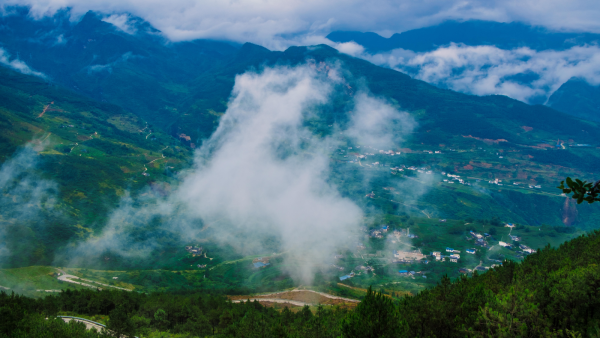
400-mile chain of fossilized volcanoes discovered under China
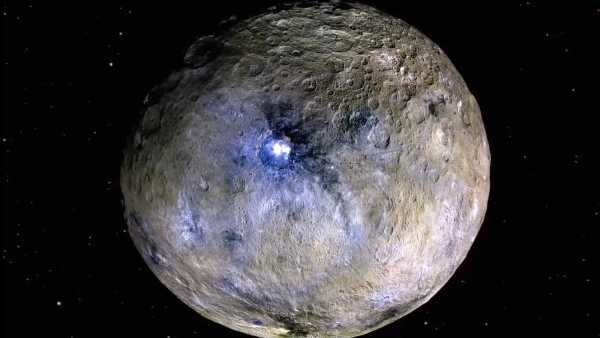
NASA Finds Dwarf Planet Ceres Has Hidden 'Power Source' That Could Have Fueled Alien Life
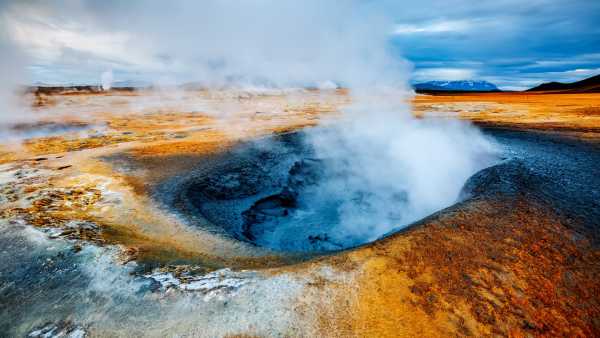
Enormous formations deep beneath the Earth's surface appear to be causing giant volcanic eruptions
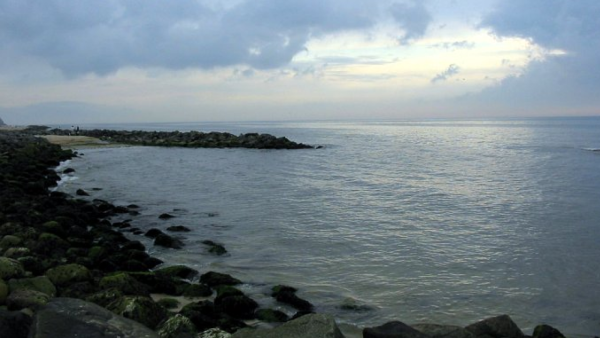
Scientists have discovered that mysterious giant structures on the floor of the North Sea seem to defy our knowledge of geology.

Cosmic rays may help support alien life on planets outside the 'Goldilocks zone'
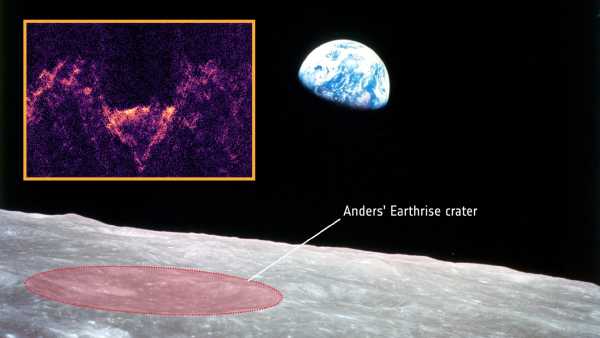
Scientists are scanning the famous Earthrise crater as part of a mission to find alien life in our solar system. Latest news in the Rivers and Oceans section
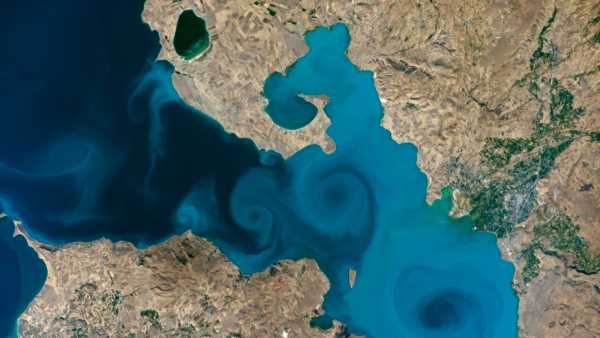
Rare milky plumes create stunning swirls in world's largest 'carbonated lake'
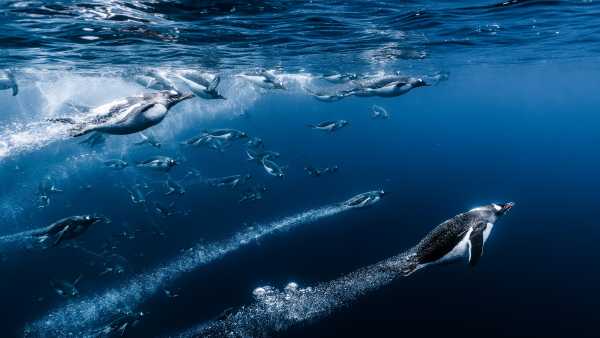
Rocket-shaped jellyfish, majestic Komodo dragons and a harrowing whale rescue – meet the stunning finalists of the 2025 Marine Photographer of the Year competition
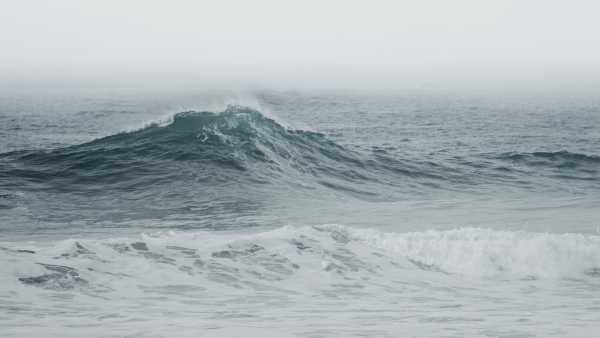
Data from the North Sea shows that “rogue waves” can reach heights of 65 feet, but they are not “anomalous events”.
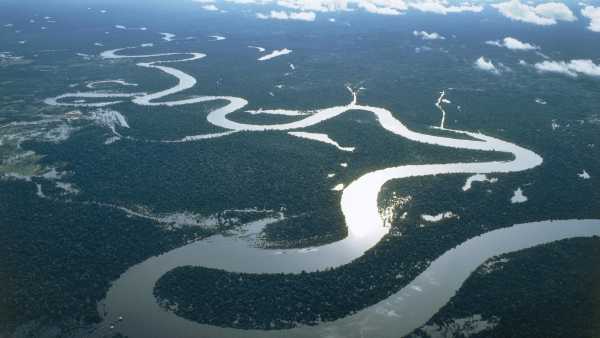
Even a small slowdown in key Atlantic currents poses a 'massive risk' to tropical forests.

According to a new study, 96% of the world's oceans will experience extreme heat in 2023.

A study has found that the collapse of key Atlantic currents could be prevented by a newly discovered backup system. Latest news
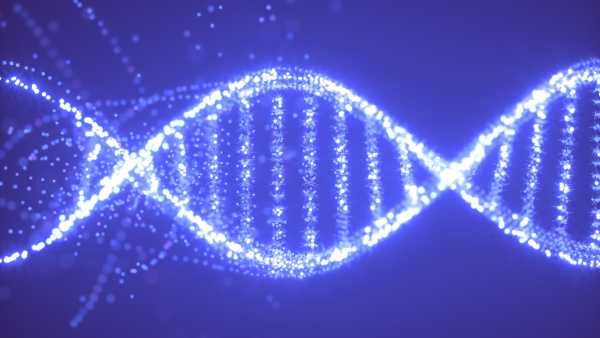
Gene Lost by Human Ancestors Millions of Years Ago Could Help Treat Gout
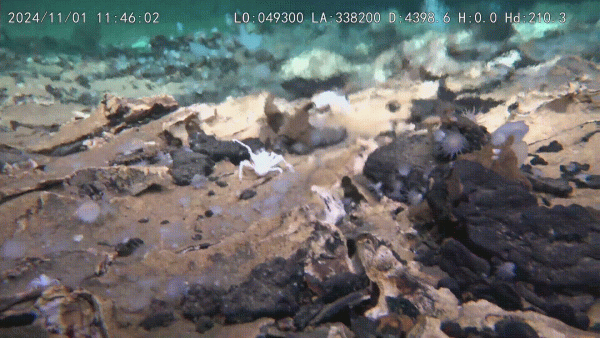
A Chinese submersible is exploring previously unknown giant craters on the Pacific Ocean floor – and they're teeming with life.
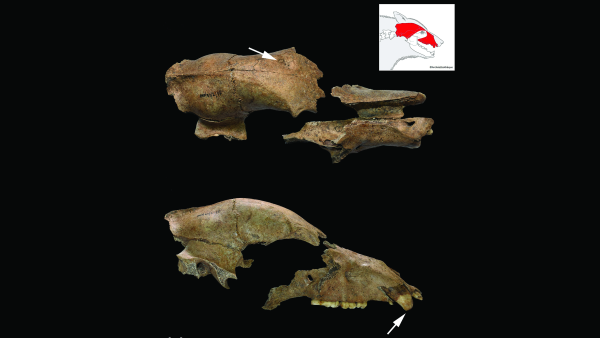
Skull of bear captured to fight Roman gladiators found near ancient amphitheater in Serbia
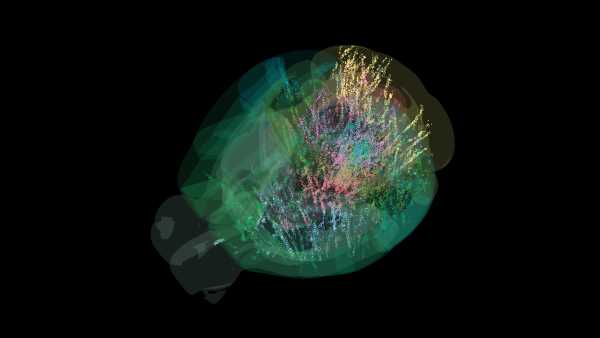
Map of 600,000 Brain Cells Rewrites Textbook on How the Brain Makes Decisions

Do you think AI development should be stopped before it becomes a threat to our species?
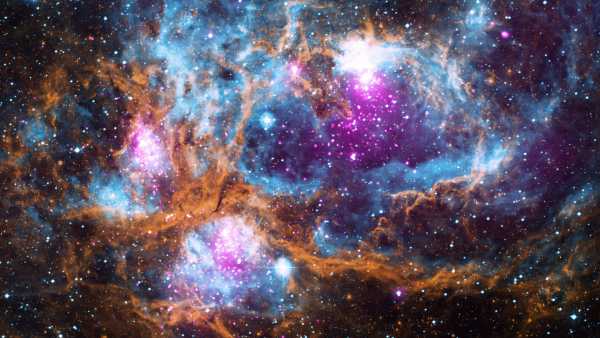
James Webb Space Telescope Finds Strange Disk Around Star That Could Ruin Planet Formation Theories LATEST ARTICLES

1Do you think we should stop the development of AI before it becomes a threat to our species?
Live Science is part of Future US Inc., an international media group and leading digital publisher. Visit our corporate website.
- About Us
- Contact Future experts
- Terms and Conditions
- Privacy Policy
- Cookie Policy
- Accessibility Statement
- Advertise with us
- Web Notifications
- Career
- Editorial Standards
- How to present history to us
© Future US, Inc. Full 7th Floor, 130 West 42nd Street, New York, NY 10036.
var dfp_config = { “site_platform”: “vanilla”, “keywords”: “type-news-trending,serversidehawk,videoarticle,van-enable-adviser-
Sourse: www.livescience.com


